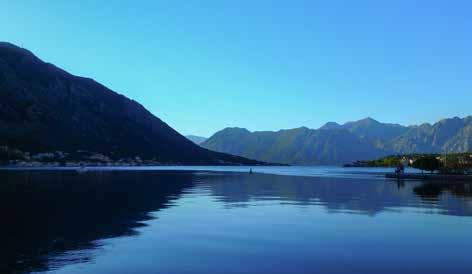Education
Congratulations to Dr Scott Carruthers Inaugural Recipient of the FRO Indigenous Health Prize Through a directorship with Northern Territory Radiation Oncology, Dr Carruthers has had an ongoing support role with cancer care in the Northern Territory since 2010. Below he writes about his experience of Indigenous Health in cancer care, and the publication that received the 2020 FRO Indigenous Health Prize. "Thank you to the College for encouraging research with this annual prize.
In 2020, the College launched the Faculty of Radiation Oncology (FRO) Indigenous Health Prize to promote research that increases awareness and understanding of Indigenous Health issues in cancer care. The prize is awarded in the event of high-quality research in Indigenous Health being published in a peer-reviewed journal. The inaugural recipient of the prize was Dr Scott Carruthers, for his research that was published in the Journal of Medical Imaging and Radiation Oncology (JMIRO) “Measuring (and narrowing) the gap: the experience with attendance of Indigenous cancer patients for Radiation Therapy in the Northern Territory.” Dr Carruthers is a radiation oncologist at the Royal Adelaide Hospital and Icon Cancer Centre. He completed his MBBS at the University of Adelaide and completed specialist oncology training in Adelaide, with postgraduate training in Melbourne and Edinburgh, United Kingdom. Dr Carruthers became a Fellow of the College in 1996.
30
Inside News
“The establishment of the centre was a joint effort with the Northern Territory and Commonwealth Governments, supported by the College, and has allowed local delivery of radiation therapy, thus avoiding interstate travel for many patients.” Since 2010, Northern Territory Radiation Oncology (NTRO), based in Darwin, has provided radiation oncology services for Northern Territory patients at Alan Walker Cancer Care Centre (AWCCC), Royal Darwin Hospital. The establishment of the centre was a joint effort with the Northern Territory and Commonwealth Governments, supported by the College, and has allowed local delivery of radiation therapy, thus avoiding interstate travel for many patients.
Within the Northern Territory demographics, a sizeable proportion of patients are classed as Indigenous, either from urban or regional/remote locations. When the clinical service commenced in 2010, it was clear that Indigenous patients were often at a disadvantage for cultural reasons, in addition to distance from home, in terms of receiving treatment. In 2011, the NTRO clinical team conducted a small initial analysis of attendance of Indigenous patients, and was published with Dr Hien Le, senior registrar as lead author. This analysis found no difference between Indigenous and non-Indigenous patients in their levels of engagement, but its more limited scope didn’t analyse for treatment interruptions or breaks. Despite finding no apparent difference, NTRO undertook measures to improve the support for Indigenous patients, such as Indigenous liaison officers, and education programs such as CEPO (Clinical Experience Program in Oncology) in 2012, providing teaching for rural and remote Aboriginal health practitioners (AHP) to enable them to deliver improved support for their cancer patients. The research published in JMIRO in 2019, “Measuring (and narrowing) the gap: the experience with attendance of Indigenous cancer patients for Radiation Therapy in the Northern Territory”, was largely due to the tireless effort of senior radiation therapist, Mary Pennefather, who prospectively collected the data. It is an analysis of five years of attendance, both pre-radiation therapy and during radiation therapy (RT), from the commencement of the service, including all referred Indigenous patients, numbering in excess of 400.










